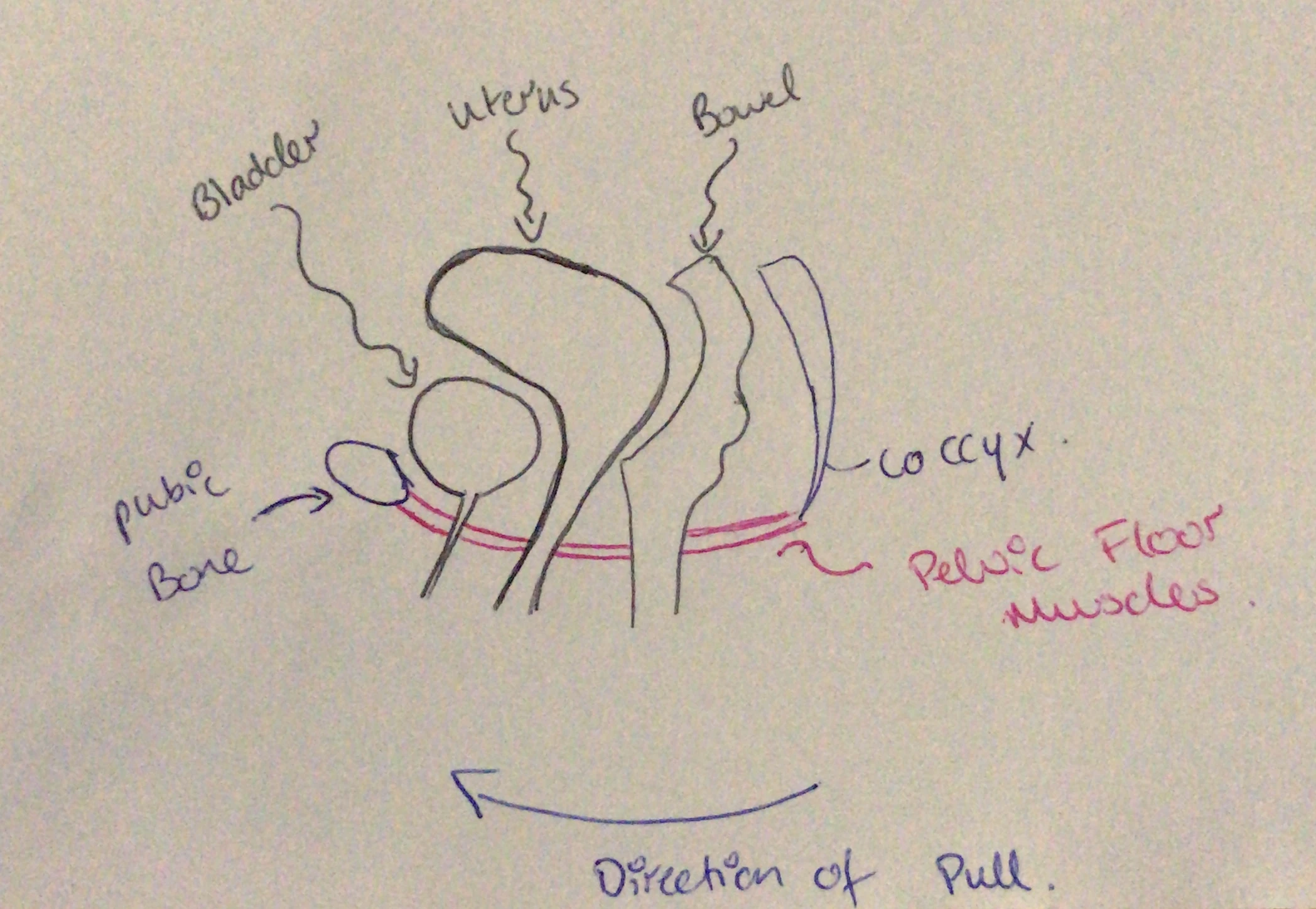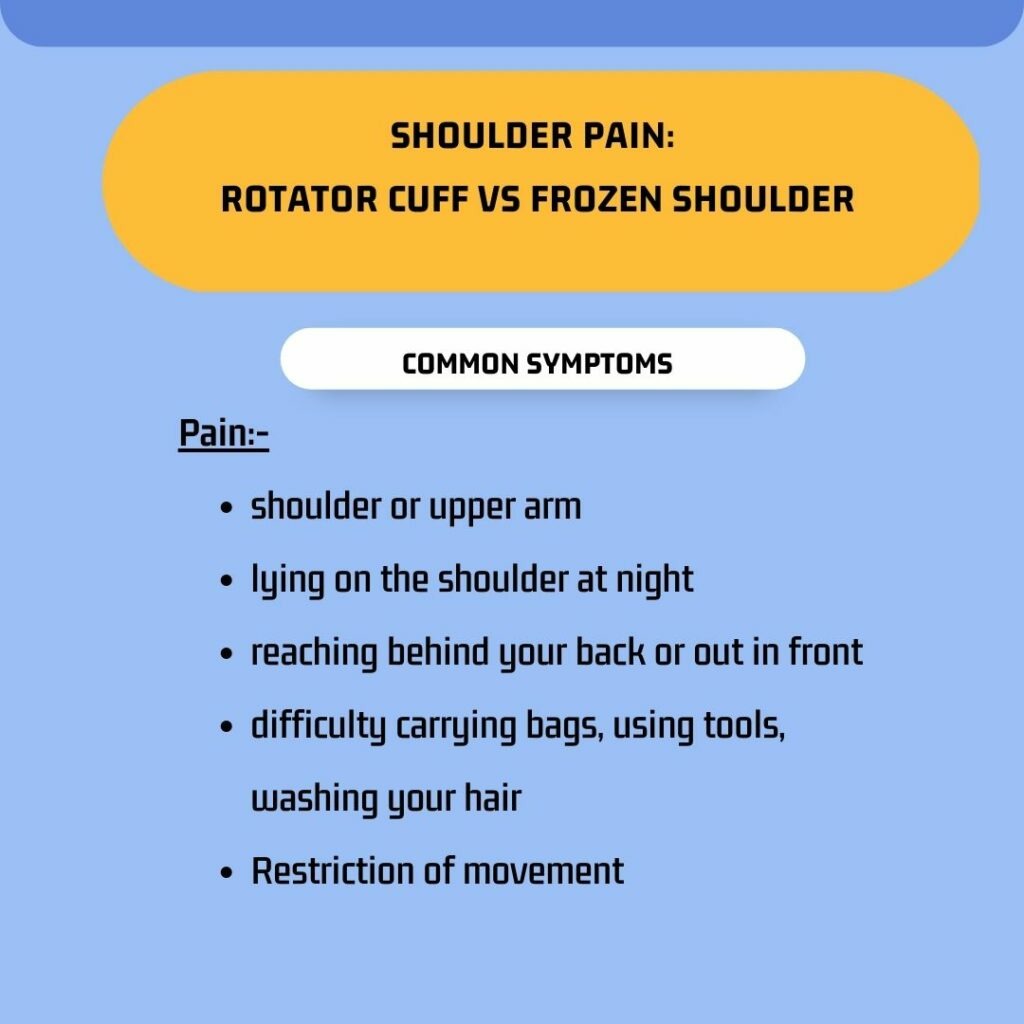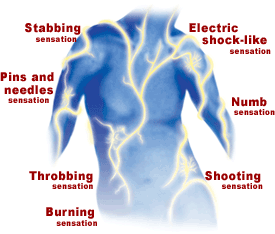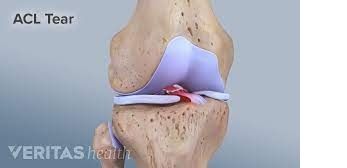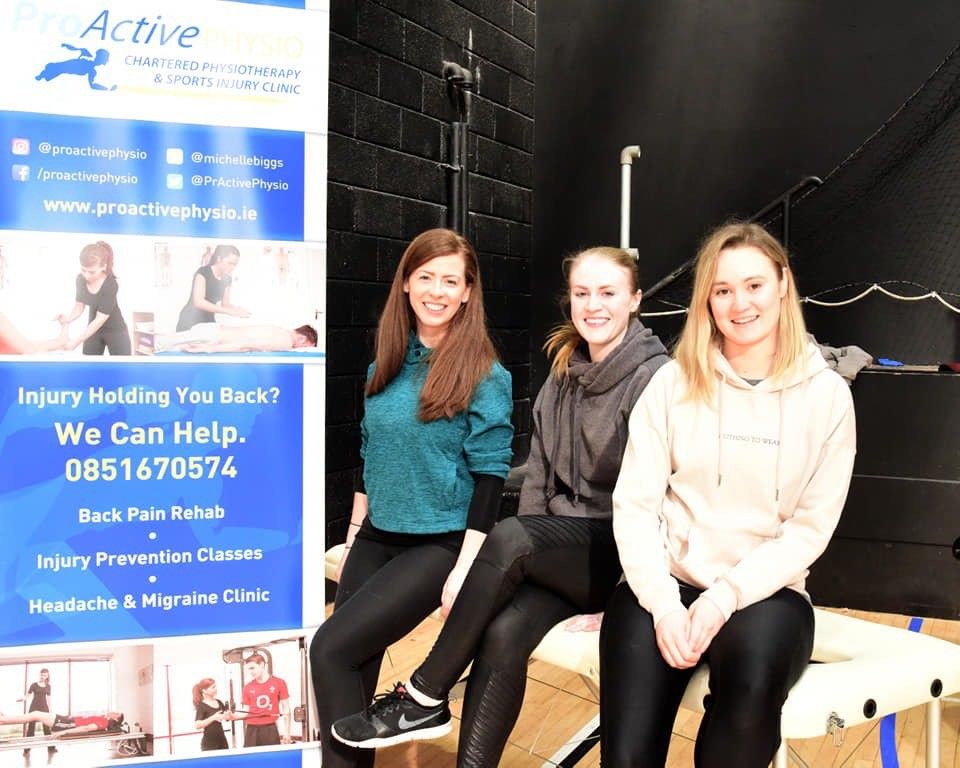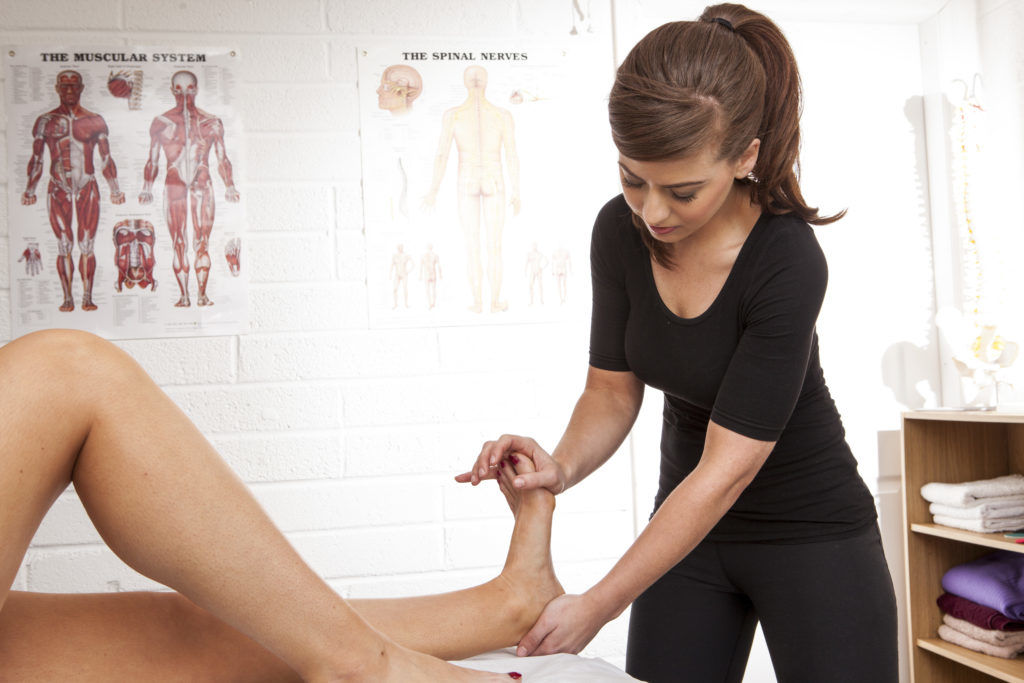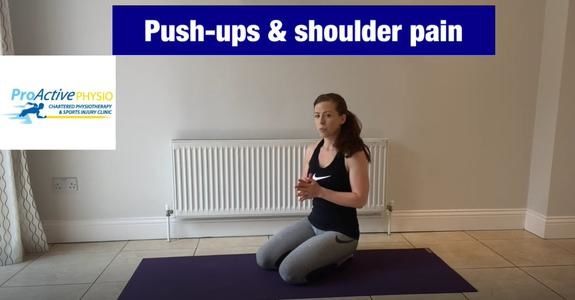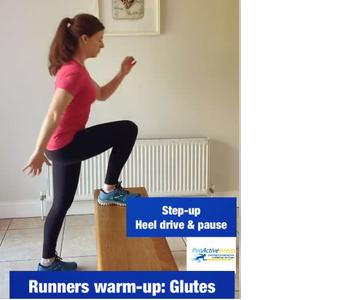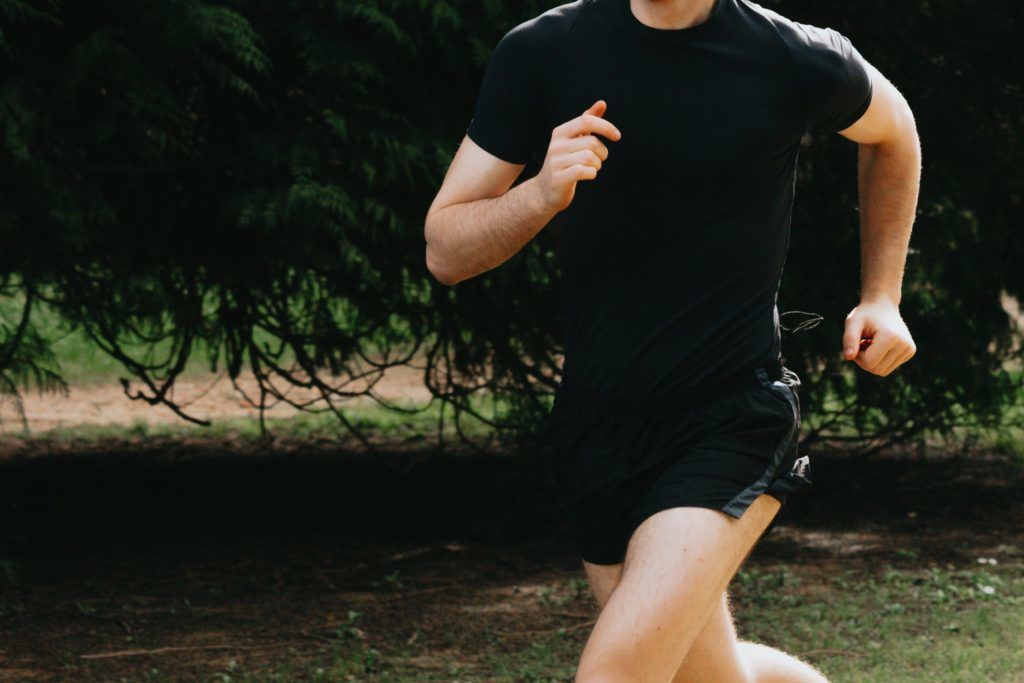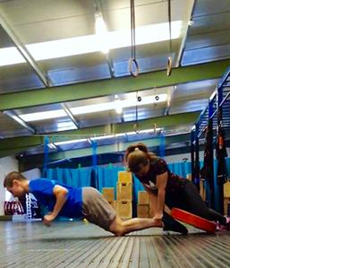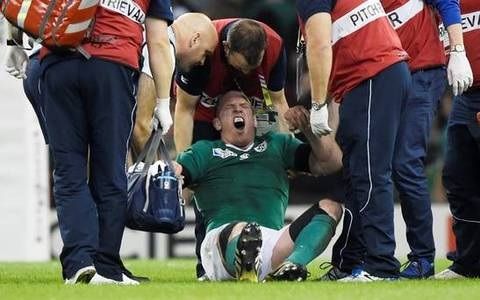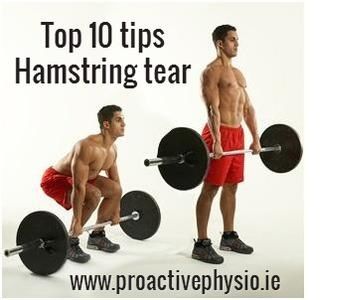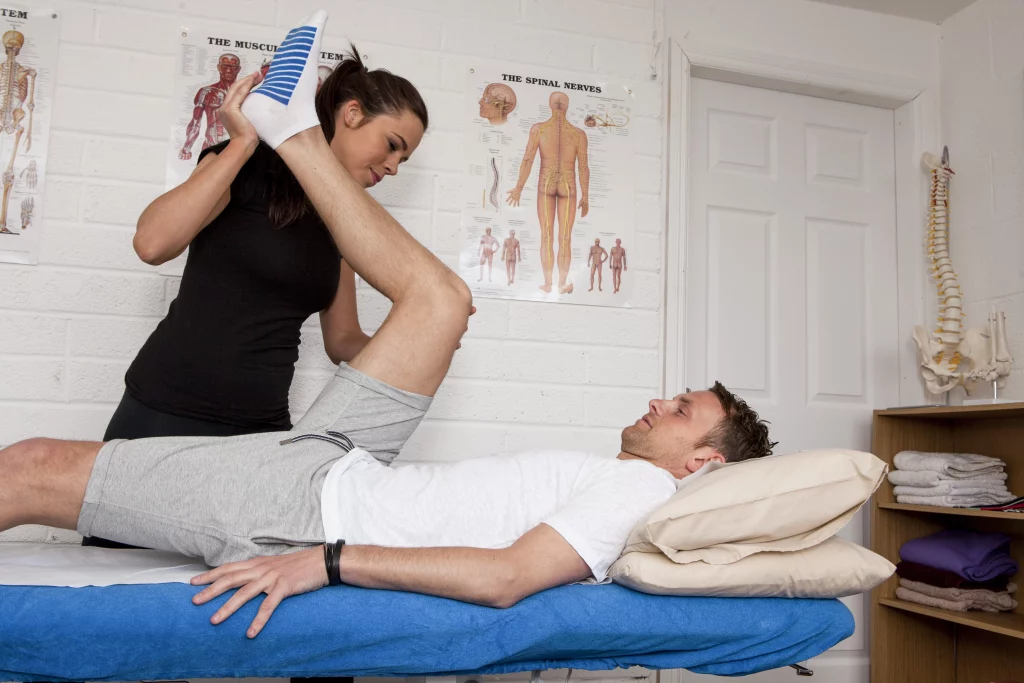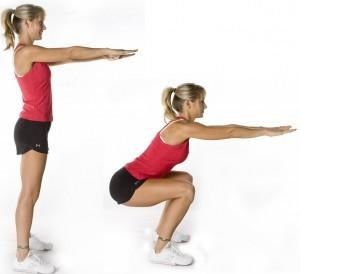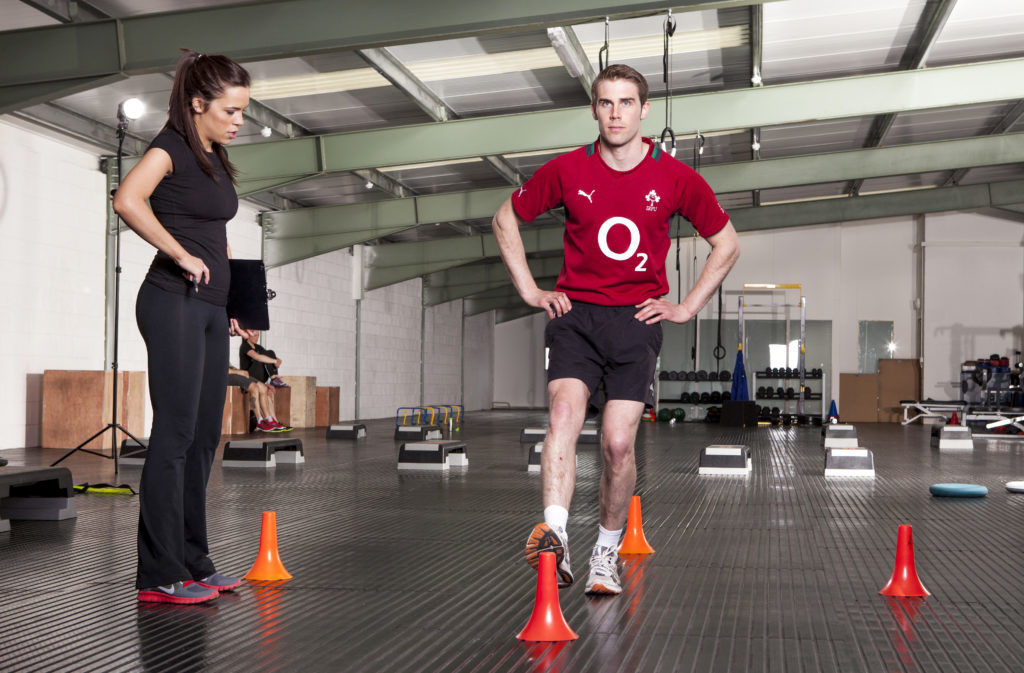Think of your pelvic floor like a sling. These muscles come from the back of the pelvis to attach at the front. When you contract these muscles it helps to support the pelvic organs (the bowel, bladder and uterus) so that we maintain continence (control the bladder and bowel). Their direction of pull comes from the back to lift the organs up and close the urethra and anus to prevent leakage.
During pregnancy we take on the weight of the growing baby, add in a placenta and more fluid! Our pelvic floor then has to work harder to support that extra weight. Once the baby is born and we lose all those extras these muscles don’t just bounce back. Women might find that they struggle to maintain control when doing certain activities such as walking, jumping, coughing or sneezing. Our pelvic floor muscles are often not able to cope with the increased pressure caused by these activities. This is where it is important to strengthen these muscles up through exercise.
When can I start pelvic floor exercises?
As soon as possible! Small contractions can help with swelling after delivery. Try these few exercises to get started.
- Long squeezes; Think of your pelvic floor like a lift. To close the lift squeeze as if you were stopping pee (avoid using the glute muscles) then strengthen the contraction to lift up to the first floor. Hold there for 10 seconds if able and then let the lift go back down to the first floor and let the doors open (important to be able to relax those muscles again!). Complete up to 10 reps if able but if you feel like your muscles are fatiguing only complete as many good quality reps as you can.
- Short squeezes; Faster contractions with a squeeze and lift. Again it is important to relax in between each rep. Aim to do 10 reps.
Complete these little and often throughout the day. You won’t see progress quickly it’s all about building up and continuing to challenge our pelvic floor muscles.
When can I see a women’s health physio?
Usually 6 weeks. This is to allow healing and make sure any stitches are dissolved. An internal exam can then be performed to check the function of the pelvic floor. However, if a women was struggling with back pain or pelvic pain they can come in earlier to have an assessment and treatment.
Katy is trained to treat pelvic floor dysfunction. She is available for appointment in Oranmore and Gort. Give us a ring on 091-648602 or 085 – 1670574 if you would like to discuss how we can help.
You can also book online at here

